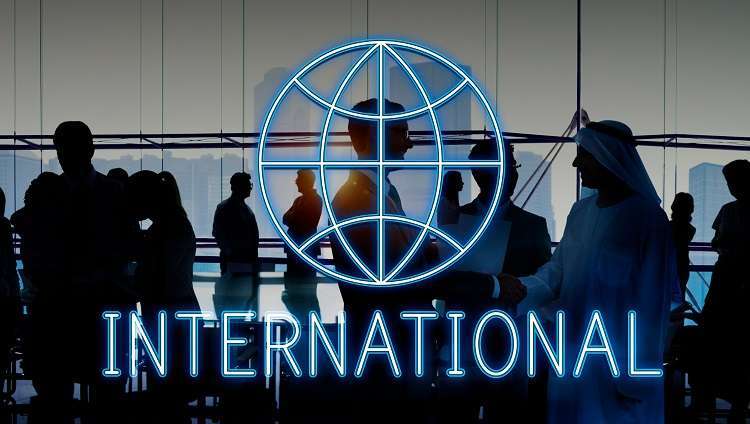
One of the key questions faced by the parents while admitting their kids to school is to differentiate between the National, international, and state boards. This could be confusing as all the bones promise to provide academic sustainability and prepare the child for future competition.
Three major boards provide education certificates to the students in India. First, the national board, consisting of CBSE, CISC, and NIOS boards. The second is the state board also called madhyamik or secondary certificate boards. The third and among the most sought-after boards is the international Baccalaureate by the board. to help you father, here is a quick prelude of all the three boards and the difference between them.
National board
CBSE, CISC, and NIOS form a national board for India. All the three boards under the national category are recognized to conduct board examinations for 10th and 12th class students across India.
Among all the national boards, the Central Board of Secondary Education (CBSE), is the most popular option picked by the students in India. The board was founded in 1962 and at present has more than 22000 schools affiliated with it. all the CBSE schools have to follow the NCERT driven curriculum.
Council of Indian School Certificate Examinations (CISC), the board is a privately administered national level board of India. The board conducts class 10th and class 12th exams for its students.
The National Institute of Open Schooling (NIOS), is an open board run by the union government of India. The name of NIOS is to impart education to all sections of society. Since the students are not required to attend the school regularly, NIOS board allows flexible learning to its people. The board also offers various vocational courses for students after High school. NIOS explains its major role in increasing the literacy rate of India by reaching out to the farthest corners where education was limited to only privileged sections of the society.
State Boards
Many states in India also have their boards. Referred to as madhyamik or secondary state certificate and higher secondary certificate examinations, these boards are conducted and managed by the respective governments of the state.
The board offers various streams to pick from to its students of classes 10 and 12. The students in the 10th class have to appear for an exam in 5 core subjects including Hindi or one regional language. For the class 12th students the board office sees main streams which are science, commerce, and humanities.
International board
International Baccalaureate or the IB board was founded in the year 1968 in Switzerland. The last decade has witnessed a lot of international boards preferred by the periods over traditional National and state boards.
The international board follows a flexible and globally driven curriculum. while the focus stays on achieving academic excellence the v also so there’s a lot of attention on the overall development of the students. This is prime the leaves achieved by bringing a balance of theory and practical knowledge while teaching the students.
Students studying on an international board have to choose a course for themselves from a bucket with six options. The six different options available to students are science, maths, language and literature studies, language acquisition, individual and societies, and arts section.
The board has two primary levels for the students, level and standard level. The students are supposed to take at least three subjects of their choice for the higher level while the remaining subjects can be learned at the standard level.
Due to the flexibility in their program, the international board is well known for developing the overall personality of the student. These are some of the basic differences between the national international and state boards in India. Hope it helps you to make an informed decision.

